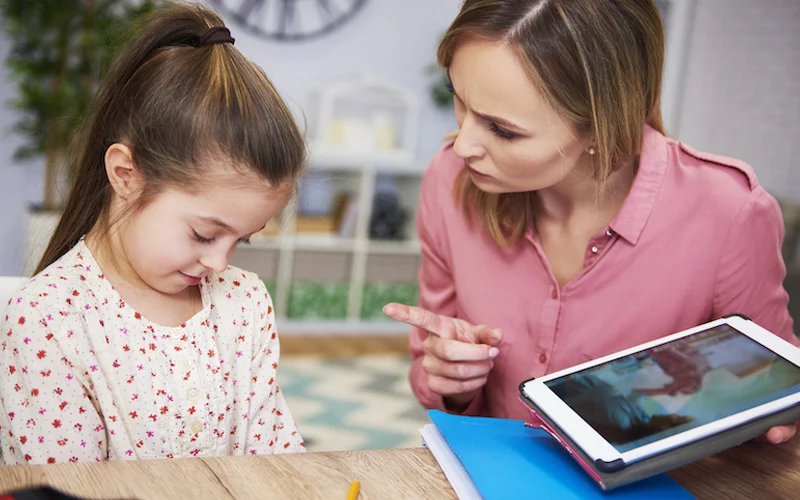In today’s digital age, children are surrounded by screens—from smartphones and tablets to computers and televisions. While technology offers immense opportunities for learning and entertainment, concerns arise about how excessive screen time shapes children’s brain. It might influence children’s cognitive development, memory, and learning abilities. Understanding the effects of screen time on young minds is crucial for parents and educators in fostering healthy and balanced interactions with technology.
The Brain’s Remarkable Plasticity
The human brain exhibits incredible plasticity, especially during childhood. It adapts and rewires itself based on experiences and environmental stimuli. As children interact with screens, their brains are constantly processing information, navigating multimedia content, and engaging in various activities.

Memory and Screen Time
Memory, a cornerstone of learning, can be impacted by extensive screen exposure. Short-term memory, essential for immediate recall and processing information, might suffer due to excessive multitasking and rapid content consumption on screens. Studies suggest that screen time, particularly before bedtime, can disrupt sleep patterns, affecting memory consolidation—a process crucial for transferring information from short-term to long-term memory.
Learning and Cognitive Development
Screen time’s influence on learning and cognitive development is multifaceted. While educational content can enhance certain skills, prolonged exposure to screens might hinder attention spans, impede critical thinking, and reduce opportunities for social interaction and hands-on learning experiences. Excessive screen time may also contribute to attention deficits and difficulties in regulating emotions and behavior.
Neurological Impacts
Neuroscientific research indicates that extended screen time might alter brain structure and connectivity in children. Excessive use of screens, especially during critical developmental stages, can affect the prefrontal cortex—a region responsible for decision-making, problem-solving, and impulse control. Changes in brain connectivity due to screen exposure might influence cognitive functions, potentially impacting learning abilities.

Striking a Balance
Balancing screen time with other activities is crucial for mitigating potential negative effects. Encouraging outdoor play, reading physical books, engaging in creative activities, and promoting face-to-face interactions are vital for holistic development. Establishing screen time guidelines, setting parental controls, and supervising content can help regulate and maximize the benefits of technology.
Tips for Healthy Screen Habits
- Limit Screen Time: Set reasonable time limits for screen use based on age and content appropriateness.
- Quality Over Quantity: Encourage educational and age-appropriate content rather than passive consumption.
- Family Screen Time Rules: Establish consistent rules for screen use and screen-free zones at home.
- Parental Involvement: Engage in your child’s digital activities, discuss content, and guide their interactions online.
- Promote Alternatives: Encourage diverse activities such as reading, outdoor play, hobbies, and family bonding.

Empowering Parents and Educators
Understanding the impact of screen time on children’s brains empowers parents and educators to make informed decisions. Initiating conversations, providing guidance, and fostering a balanced approach to technology can create a healthier digital environment for children. Collaborative efforts between families and educational institutions are pivotal in promoting responsible screen use and maximizing the benefits of technology for learning and growth.
Final Thoughts
Screen time undoubtedly influences children’s memory, learning, and brain development. While technology offers boundless opportunities, moderation and balanced engagement are key. By recognizing the potential impacts of excessive screen time and implementing strategies to encourage healthy digital habits, parents and educators can create an environment that nurtures cognitive development, fosters learning, and supports the holistic growth of children in today’s tech-driven world.




Thanks for the reminder!! It’s so hard to keep kids away, or should I say it’s so easy to keep them busy. 😩